Trader Joe's cinnamon sticks are a popular choice for home cooks seeking affordable, high-quality spice for everyday use and special recipes. These sticks, made from cassia cinnamon, offer a bold flavor perfect for beverages, baking, and savory dishes. Here's everything you need to know about their unique qualities, uses, storage, and how they compare to other brands.
Table of Contents
- What Are Cinnamon Sticks?
- Why Trader Joe's Cinnamon Sticks Stand Out
- 5 Creative Ways to Use Trader Joe's Cinnamon Sticks
- How to Choose the Best Cinnamon Sticks
- Trader Joe's vs. Other Brands: Price, Flavor & Quality
- Proper Storage for Maximum Flavor
- Frequently Asked Questions
What Are Cinnamon Sticks?
Cinnamon sticks are dried inner bark from the Cinnamomum tree genus. When harvested, the bark is rolled into quills and dried into the familiar curled form. They're prized for their sweet-spicy aroma and versatility in culinary and medicinal applications.
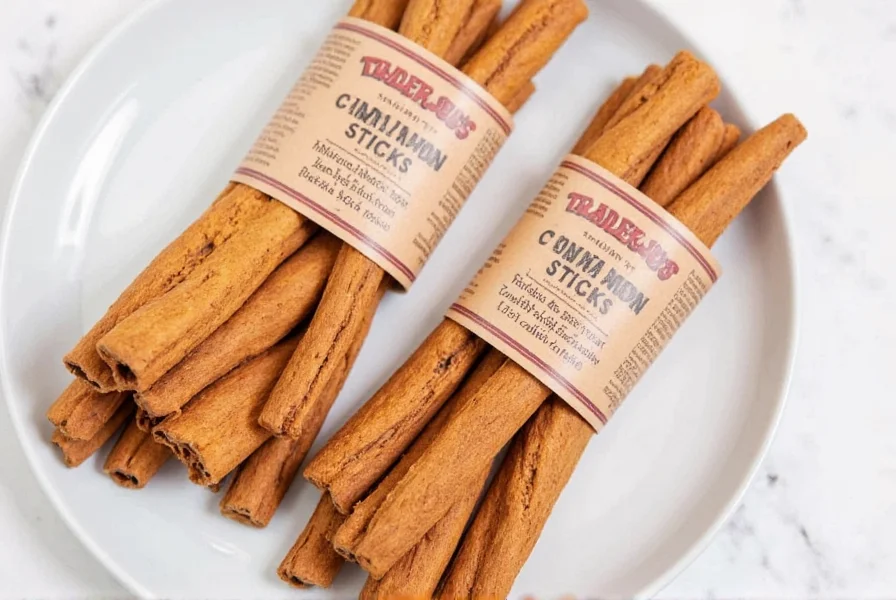
The Two Main Types of Cinnamon
- Ceylon Cinnamon ("true cinnamon") – From Sri Lanka, delicate citrusy flavor with low coumarin levels (a compound that can be harmful in large doses).
- Cassia Cinnamon – More common, stronger and spicier flavor with higher coumarin content. Found in most grocery stores including Trader Joe's.

Why Trader Joe's Cinnamon Sticks Stand Out
Trader Joe's cinnamon sticks are favored for:
- Value for Money – Priced at $2.99 for a 2.5-ounce pack ($0.75 per ounce), significantly cheaper than premium brands.
- Consistent Quality – Thick, deep reddish-brown sticks with strong aroma due to rigorous quality control.
- Sealed Packaging – Preserves freshness longer than loose or bulk-bin options.
- Bold Flavor Profile – Cassia cinnamon provides intense spice ideal for everyday cooking and beverages.
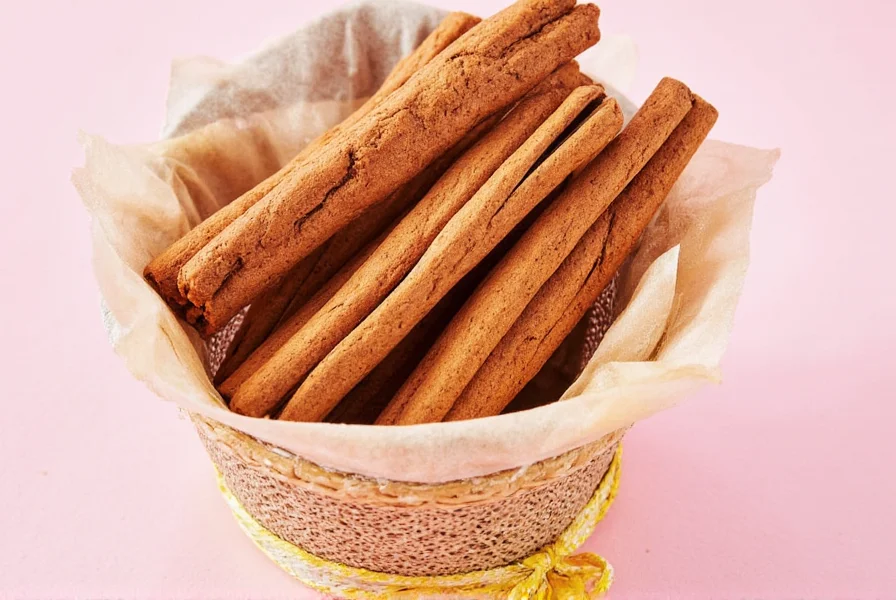
Cassia vs. Ceylon: Why Trader Joe's Uses Cassia
Trader Joe's uses cassia cinnamon because it delivers stronger flavor for most culinary applications. According to the FDA, cassia contains higher coumarin levels than Ceylon, but this is generally safe for typical use. Professional chefs often prefer cassia for its robustness in dishes like mulled wine, stews, and baked goods where Ceylon's subtlety would be lost.
5 Creative Ways to Use Trader Joe's Cinnamon Sticks
| Use Case | Description | Best For |
|---|---|---|
| Hot Beverages | Infuse coffee, tea, or hot chocolate for subtle warmth | Morning rituals, winter evenings |
| Spice Blends | Grind into homemade pumpkin pie spice or chai blends | Baking, DIY gifts |
| Savory Dishes | Simmer in stews, braised meats, or Moroccan tagines | Exotic cuisines, hearty meals |
| Infused Syrups | Create cinnamon-infused simple syrup for cocktails or desserts | Cocktail hour, dessert lovers |
| Fruit Simmer Pots | Boil with apples, oranges, and cloves for festive home fragrance | Holiday decor, aromatherapy |
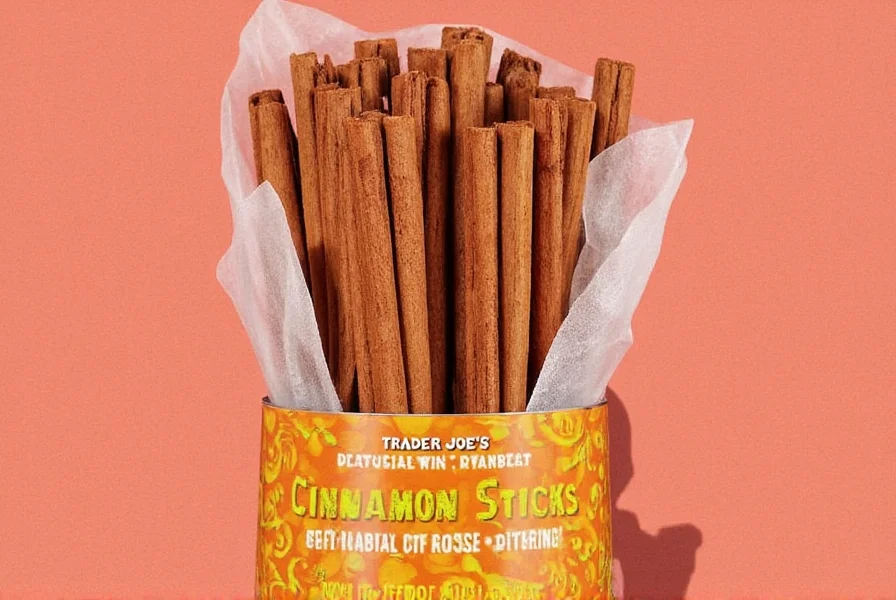
Pro Tip: Reuse Your Sticks
After using a cinnamon stick in tea or stew, dry it thoroughly and reuse 2-3 times. For bold applications like simmer pots, the first use is strongest, while subsequent uses work well for milder infusions like simple syrups.
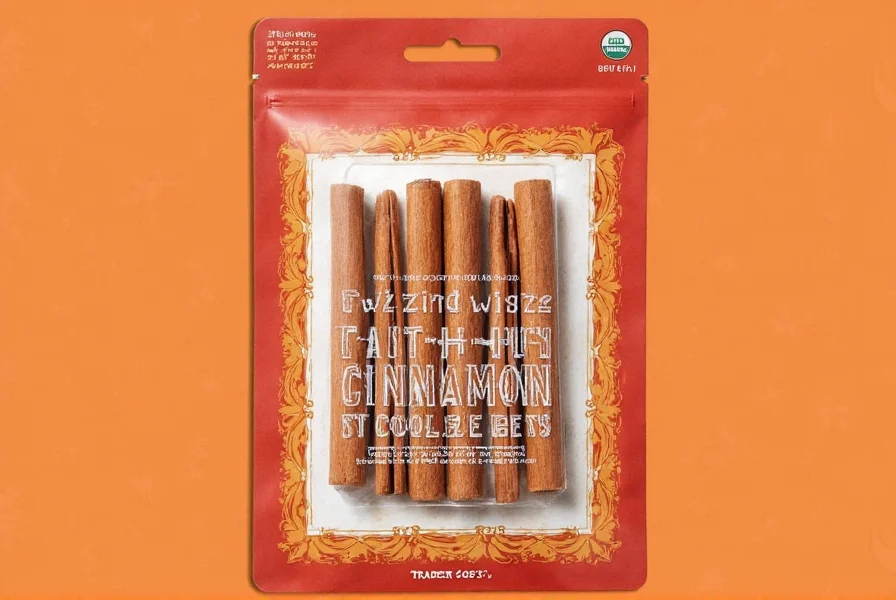
How to Choose the Best Cinnamon Sticks
Key Features to Look For
- Thickness – Thicker sticks indicate better freshness and flavor
- Color – Deep reddish-brown hue shows quality
- Smell – Should be sweet and spicy (avoid musty or dull scents)
- Origin – Cassia for bold flavors, Ceylon for delicate dishes
| User Type | Best Stick Type | Recommended Use |
|---|---|---|
| Home Cooks | Cassia (like Trader Joe's) | Daily cooking, baking, and drinks |
| Foodie Enthusiasts | Ceylon | Fine baking, gourmet dishes |
| DIYers | Any | Homemade candles, incense, décor |
Trader Joe's vs. Other Brands: Price, Flavor & Quality
| Feature | Trader Joe's | Simply Organic | Now Foods |
|---|---|---|---|
| Type | Cassia | Ceylon | Cassia |
| Price (per oz) | $0.75 | $1.80 | $0.90 |
| Flavor Intensity | Strong, bold | Subtle, complex | Moderate |
| Ideal For | Daily use, drinks, hearty meals | Fine baking, desserts | Cooking and moderate use |
| Organic? | No | Yes | Yes |
Verdict: Which One Should You Buy?
For most home cooks, Trader Joe's cassia cinnamon sticks offer the best balance of bold flavor and affordability. If you need organic or delicate flavor for gourmet dishes, choose Ceylon options like Simply Organic.
Proper Storage for Maximum Flavor
- Keep Dry – Store in airtight container away from moisture
- Cool & Dark – Pantry or spice cabinet (not near stove/oven)
- Avoid Refrigeration – Temperature changes cause condensation and mold
- Long-Term Storage – For over 1 year, freeze in airtight container with silica gel packet
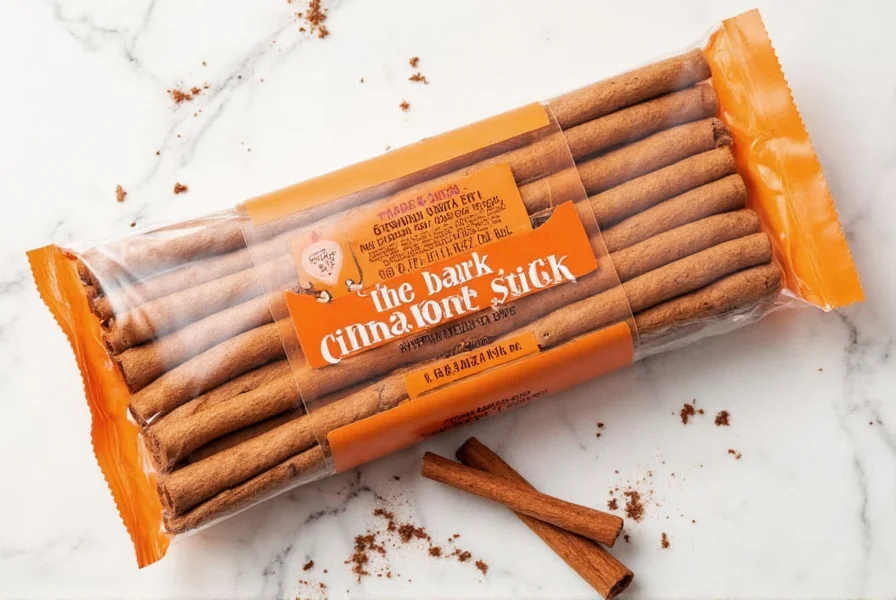
Frequently Asked Questions
What makes Trader Joe's cinnamon sticks different from other brands?
Trader Joe's selects thicker, reddish-brown sticks with consistent quality and sealed packaging to preserve freshness. At $0.75 per ounce, they offer superior value compared to premium brands like Simply Organic ($1.80/oz) while delivering bold flavor for everyday use.
Are Trader Joe's cinnamon sticks cassia or Ceylon?
Trader Joe's uses cassia cinnamon, which has stronger flavor and higher coumarin levels than Ceylon. This makes it ideal for bold recipes where delicate flavors would be overwhelmed. According to FDA guidelines, coumarin is safe in typical culinary amounts.
How long do Trader Joe's cinnamon sticks stay fresh?
Properly stored in airtight containers away from heat and moisture, Trader Joe's cinnamon sticks maintain 90% of their flavor for 2-3 years – longer than most supermarket brands due to their thicker, oil-rich sticks.
Can I reuse Trader Joe's cinnamon sticks?
Yes! After using in tea or stew, dry thoroughly and reuse 2-3 times. First use is strongest for bold applications like simmer pots; subsequent uses work well for milder infusions like simple syrups.
Are Trader Joe's cinnamon sticks organic?
No, they're not certified organic. However, since you only infuse flavor (don't consume the whole stick), pesticide concerns are minimal. For organic needs, consider Simply Organic's Ceylon cinnamon.
Can dogs have Trader Joe's cinnamon sticks?
Avoid giving cinnamon sticks to dogs. The sticks pose choking hazards, and cassia's higher coumarin content can be toxic in large doses. Use cinnamon powder sparingly in pet treats instead.
Trader Joe's cinnamon sticks deliver exceptional value with bold flavor and consistent quality. Whether you're making mulled wine, spiced chai, or savory tagines, these sticks are a kitchen essential that outperforms pricier alternatives. Store them properly to enjoy their potent flavor for years!
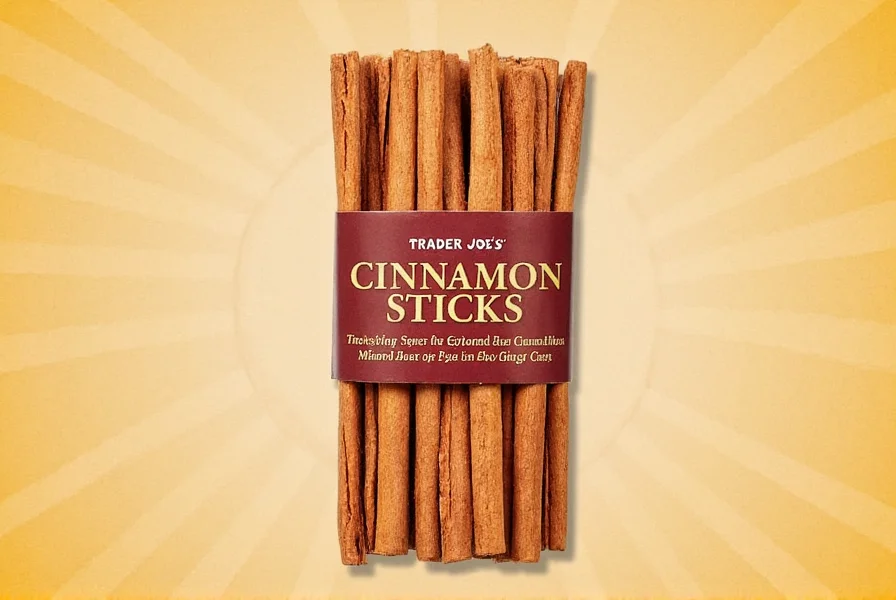

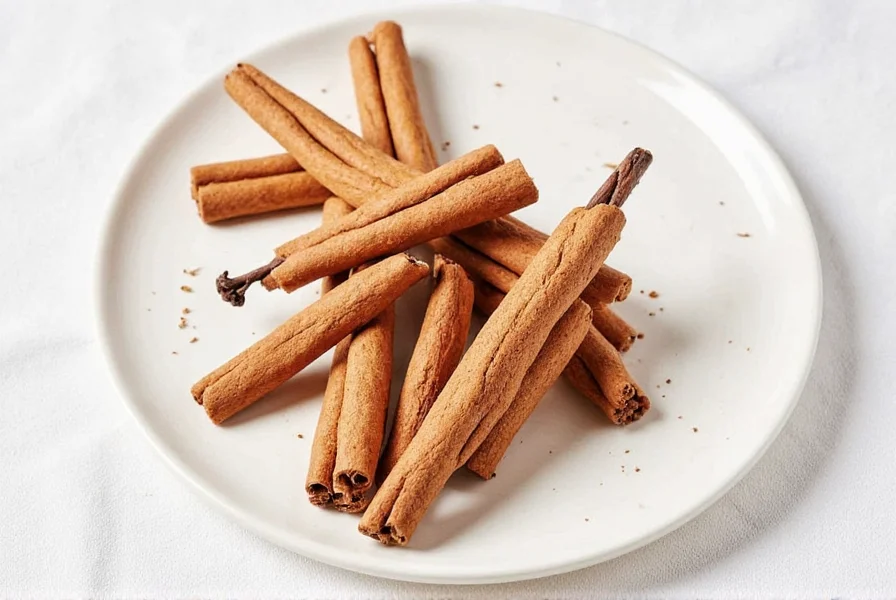









 浙公网安备
33010002000092号
浙公网安备
33010002000092号 浙B2-20120091-4
浙B2-20120091-4